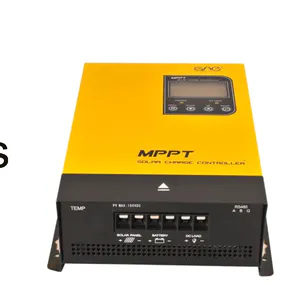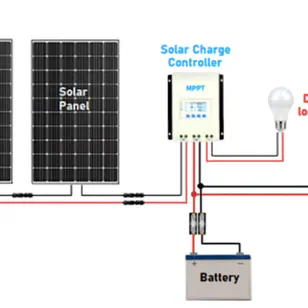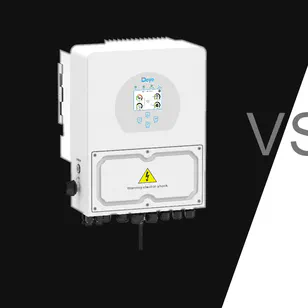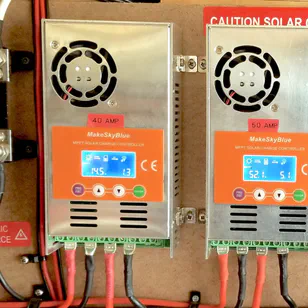Introduction
When designing or upgrading your solar power system, choosing the right charge controller is crucial for maximizing energy efficiency. One of the best options available is an MPPT (Maximum Power Point Tracking) charge controller. Whether it’s a standalone device or integrated into a solar inverter, MPPT controllers play a key role in optimizing your system’s performance.
Standalone MPPT Controllers
Standalone MPPT controllers are typically used in off-grid systems, working with batteries and low-voltage power distribution hubs (12V, 24V, 36V, or 48V). These devices handle open-circuit voltages (VOC) up to 200V, which means you can connect up to four panels in series and several strings in parallel, depending on the controller’s current capacity. Ideally, the panel voltage should be 1.5 to 2 times higher than the battery voltage for optimal efficiency.
The rule of thumb for connecting solar panels in series is to ensure they have the same orientation and angle. If panels in a series string are positioned at different angles, the overall output will be limited by the weakest panel in the string. However, parallel strings can be placed on different roof orientations, offering more flexibility in installation.

For example, the 60A V119 MakeSkyBlue MPPT controller works best with four 545W panels like the RSM110-8-545M Risen 12BB TITAN in a single series string on a single roof slope. But what if your roof has different slopes facing east and west? You can connect two strings of Amerisolar AS-6P30 280W panels—one on the eastern slope and one on the western side. This setup allows for more consistent energy production from sunrise to sunset, which is ideal for autonomous solar systems.
For more information on panel placement, see Optimizing Solar Panel Orientation .
Integrated MPPT Controllers in Solar Inverters
MPPT controllers built into solar inverters can be either low-voltage or high-voltage types. Low-voltage models typically handle three panels in series and three or four parallel strings. Although this setup requires thicker wires from the panels to the inverter, it allows for varying panel orientations, making it possible to position panels facing east, south, and west. This configuration can be a practical solution for some installations.
High-voltage MPPT controllers, on the other hand, require 6 to 12 panels in a series string, with operating voltages ranging from 200 to 450V. These controllers are often found in hybrid and off-grid inverters derived from large grid-tied systems. Their main advantage is higher overall efficiency from solar panels to AC output. However, the limitation is that all panels must be installed on the same surface, facing a single direction. In some cases, it’s possible to work around this, but it’s not always supported by every inverter model.
For detailed guidance on inverter selection, check out Choosing the Right Inverter for Your Solar System .
Expanding Solar Arrays with Additional Controllers
In some cases, it may be necessary to expand your solar array by adding extra panels through additional controllers. This approach is often used to cover periods of low generation in months like November and December. Complex roof structures may require you to install panels in clusters, such as three panels on one roof slope and four on another. In these situations, the additional controllers can manage the battery charging process, while the inverter draws energy from the battery.
Although this setup is more complex, it may be the only solution for optimizing energy generation when roof space or orientation is a challenge. Remember, every solar system must be designed based on the specifications of your inverter, controller, solar panels, and batteries.
To avoid common mistakes in system design, you can read our guide on Avoiding 24V Inverter Mistakes in Home Solar Systems .
Conclusion
MPPT controllers offer significant advantages in solar energy systems, especially when properly configured. Whether you’re working with standalone devices or integrated inverters, understanding panel voltage matching, string configuration, and orientation can make a big difference in overall system performance. Always consult your equipment’s technical specifications to ensure compatibility and optimal results.
For more insights on charge controllers, check out PWM vs. MPPT Solar Charge Controllers .




